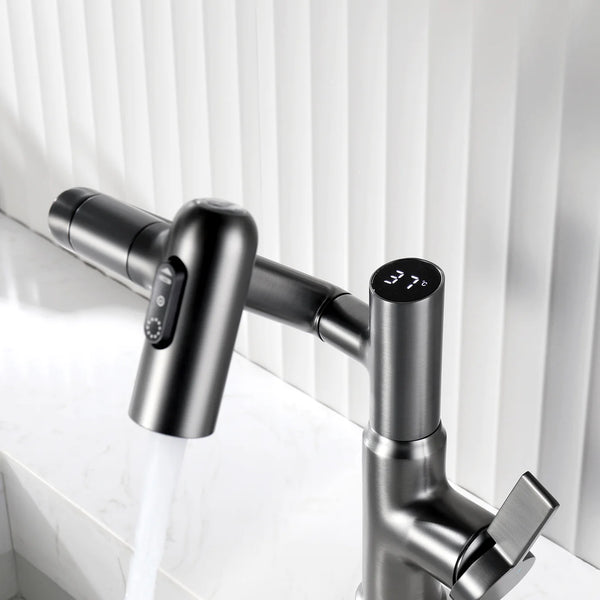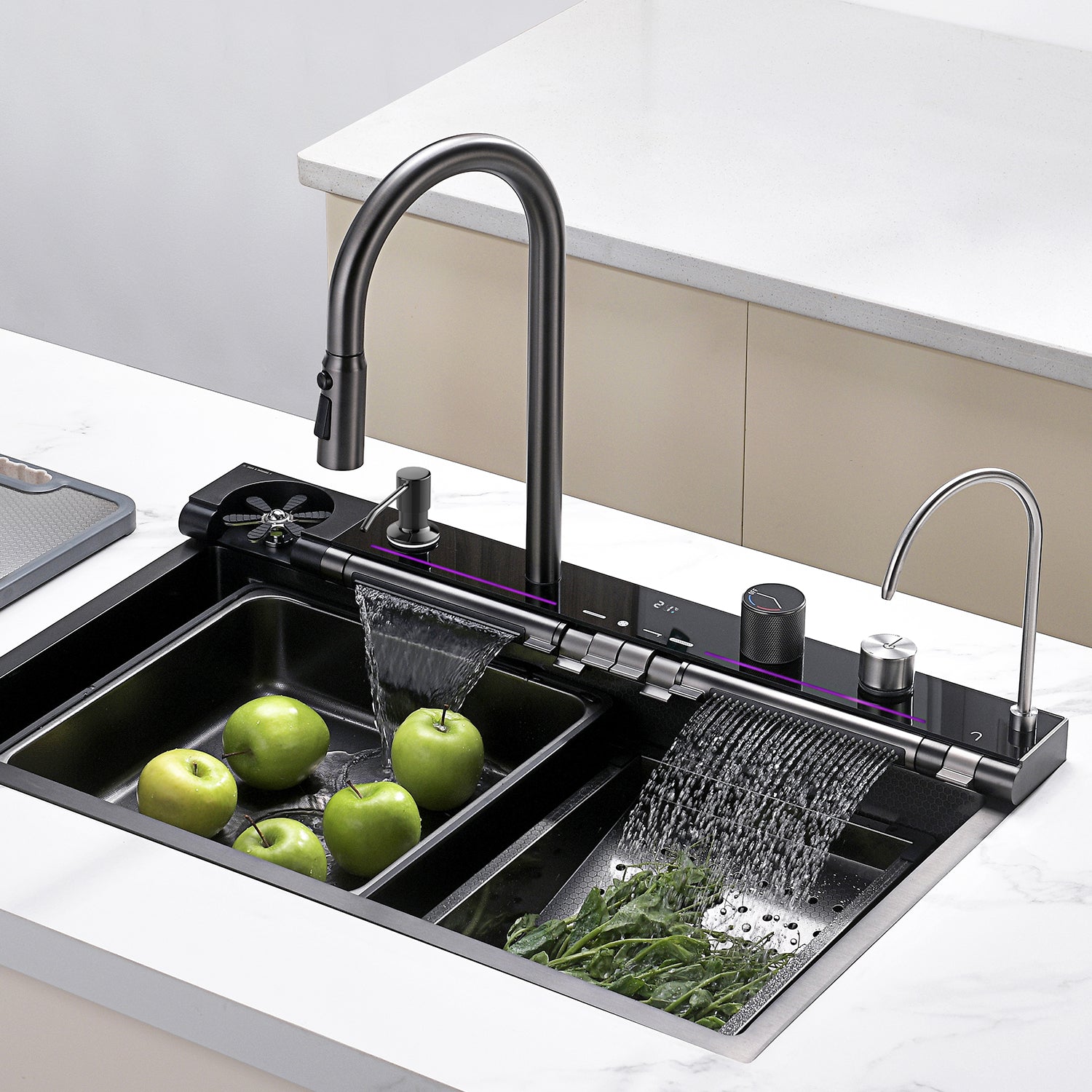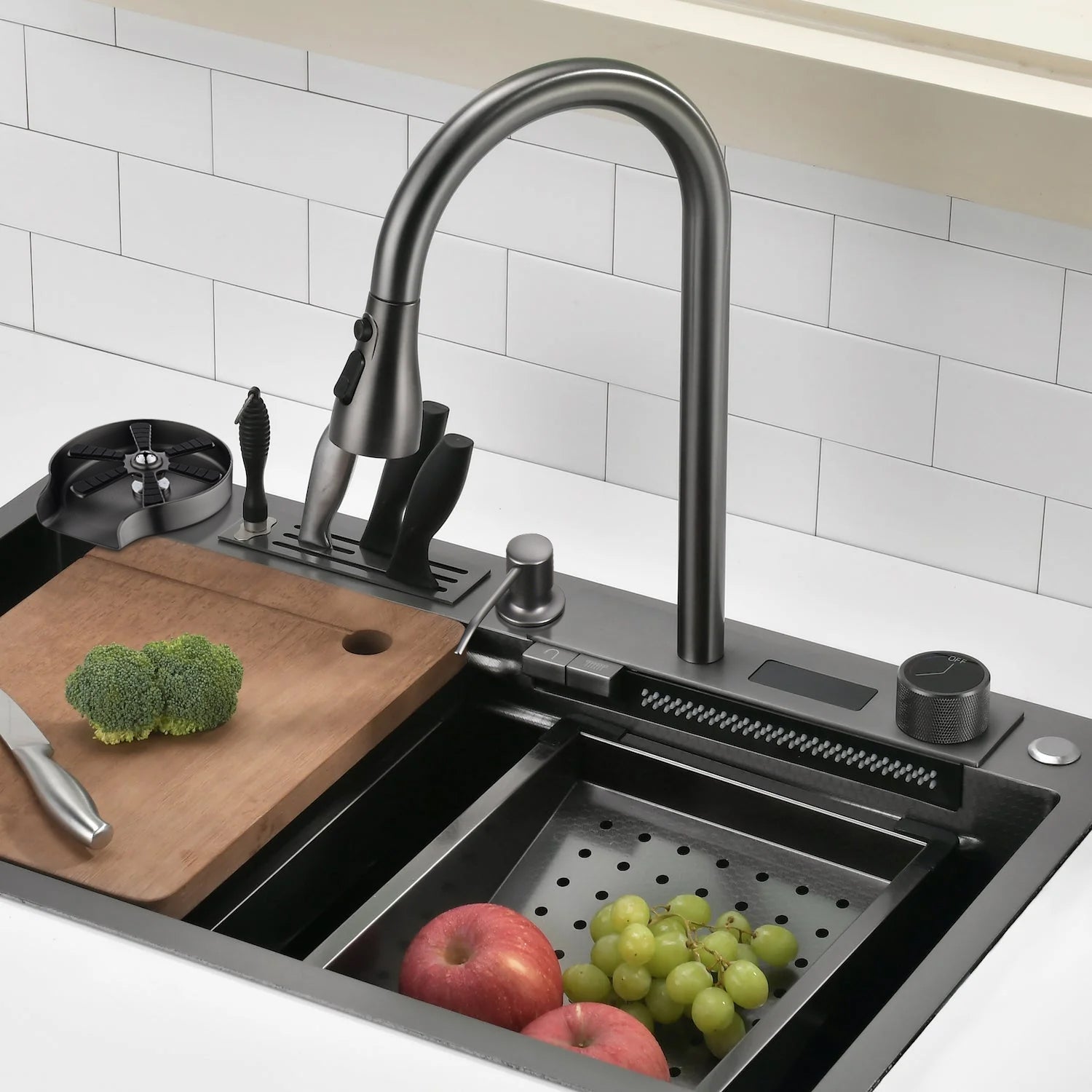How to Replace a Bathroom Faucet: Step-by-Step
Ready to dive into the world of DIY plumbing with style and confidence? Let's get those hands dirty (well, not literally, we'll keep it clean and professional) as we embark on the journey of faucet replacement!
Before You Replace a Bathroom Faucet
- Tools and Materials: Gather your tools - a basin wrench, adjustable wrenches, bucket, putty knife, and rags. As for materials, ensure you have the right bathroom sink faucet, kitchen faucet (just kidding, we're focused on the bathroom today), supply lines, and silicone caulk.
- Mental Prep: Brace yourself for an adventure! Replacing a faucet might not be rocket science, but it does require patience and a bit of elbow grease.

How to Remove a Bathroom Faucet?
- Turn Off the Water Supply: First things first, shut off the water. Look for the valves under the sink and turn them clockwise. Then, open the faucet to drain any remaining water in the pipes.
- Disconnect the Supply Lines: With your trusty wrench, disconnect the supply lines and lift rod. Remove the nuts from underneath and lift out the old faucet. Pro tip: Snap a photo of your plumbing setup to make reconnection easier.
Related: How to Fix a Stuck Faucet Handle Easily?
How to Replace a Bathroom Sink Drain?
- Remove the P-Trap: Place a bucket underneath to catch any drips and remove the P-trap.
- Disconnect and Clean: Disconnect the drain from the sink and clean around the old drain and faucet holes. Use mineral spirits for any stubborn silicone sealant.
How to Install a Bathroom Faucet?
- Prep Work: After removing the old faucet and drain, give the area a thorough clean. A clean workspace is a happy workspace!
- Assemble the Faucet: Follow the manufacturer's instructions to assemble your new faucet. Typically, this involves attaching the rubber and metal gaskets to the faucet body.
- Install Faucet to Countertop:Insert the faucet body through the hole in your sink or countertop, and secure it underneath with the mounting hardware.
- Connect Waterlines: Attach the supply lines to the faucet and tighten them, but don’t go Hulk on them – just snug enough to prevent leaks.
- Final Touches: Apply silicone caulk as needed for a watertight seal around the faucet base.
Test the New Faucet
Before you call it a day and bask in the glory of your DIY prowess, there's one more critical step: testing. Slowly turn on the water supply and watch for leaks. If all seems well, give yourself a pat on the back!

FAQ
Q: Can I replace a bathroom faucet myself?
Absolutely! With the right tools and a bit of guidance, it's a manageable task for most DIY enthusiasts.
Q: How do I choose the right faucet?
Consider the sink's mounting holes, faucet style, and finish. At LEFTON, we offer a variety of options to suit every taste and need.
Q: How long does it take to replace a bathroom faucet?
Depending on your experience and the complexity of the faucet, it can take anywhere from an hour to a few hours.
Conclusion
Replacing your bathroom faucet is a rewarding project that not only enhances the look of your bathroom but also offers a sense of accomplishment. With the right preparation and a little bit of effort, you can achieve professional-looking results. Remember, LEFTON is here to support your journey every step of the way, from selecting the perfect faucet to the final installation.
Ready to tackle the project? Head over to our How to Install a Bathroom Sink Faucet guide for more detailed instructions and tips. Happy plumbing!






Lasa un comentariu